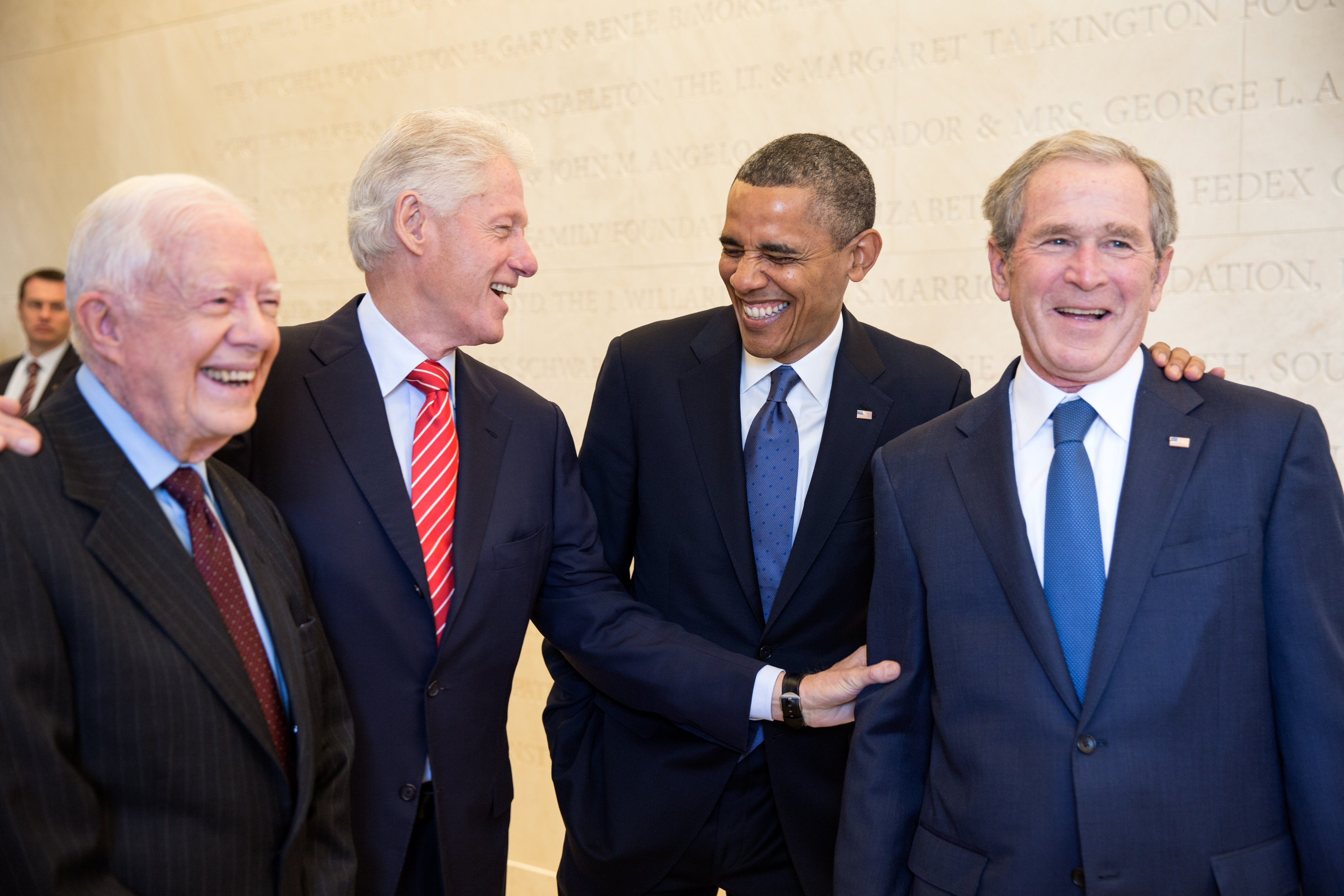If Ronald Reagan were alive today, he probably would have cringed when he realized that his own party, the Republican Party, has been blocking the way for a comprehensive immigration reform. A law that our country is in desperate need, not only to resolve the issue of 15 million undocumented immigrants, but also to help kick start the return of an economically robust economy.
In fact Reagan would probably abhor the way many conservative republicans have been handling the immigration reform debate and would be worried about the eventual demise of the Republican Party, caused by the stranglehold of anti-immigrant conservatives. Regan, similar to Obama, fundamentally saw America as a land open to immigrants that believe in the “American Dream.” In November 1979 when announcing his candidacy for the presidency Reagan proposed a treaty allowing for full freedom of movement for all workers throughout North America. Even as far back as 1952 when the US immigration policy was still controlled by the very restrictive Immigration Act of 1924, Reagan gave a speech embracing nearly unlimited immigration:
“I . . . have thought of America as a place in the divine scheme of things that was set aside as a promised land . . . [A]nd the price of admission was very simple . . . Any place in the world and any person from these places; any person with the courage, with the desire to tear up their roots, to strive for freedom, to attempt and dare to live in a strange and foreign place, to travel halfway across the world was welcome here . . . I believe that God in shedding his grace on this country has always in this divine scheme of things kept an eye on our land and guided it as a promised land for these people.
Every U.S. president since 1956 has permitted temporary immigrants immigration assistance. This begins with President Eisenhower in 1956 paroling 923 foreign-born orphans into the custody of U.S. military families looking to adopt them. During 1959-to 72, Presidents Eisenhower, John F. Kennedy, Lyndon B. Johnson and Richard Nixon used executive powers to parole into the U.S. a majority of 621,403 Cuban asylum seekers fleeing from Castro’s Cuba. In 1976, President Gerald Ford granted extended voluntary departure to defend from deportation an unknown number of Lebanese who escaped Lebanon for the U.S. President Jimmy Carter paroled 123,000 Cubans and Haitians into the U.S. during the Mariel boatliff in 1980 and most importantly President Ronald Reagan deferred deportation for children in more than 100,000 families if the parents of the families were gaining legal status under the 1986 Immigration Reform and Control Act, IRCA, and granted AMNESTY to over three million immigrants . In 1990, President George H. Bush used executive powers to postpone deportations of up to 1.5 million spouses and children of people legalized under IRCA and in 1992, Presidents George H. Bush and Bill Clinton approved stays of deportation to about 190,000 El Salvadorans whose temporary protected status that permitted them to live and work in the U.S. had expired. And finally in 2012 President Barack Obama applied executive power to defer deportations for up to 1.8 million young immigrants in the U.S. illegally., who entered before they were 16 years of age and less than 31 years old,.
In his January 2011 Obama, in his State of the Union address in 2011, reminded the nation that success in the 21st century can only be accomplished though education, innovation, ,and rejuvenating America's infrastructure. Obama integrated immigration reform as a fundamental element in the "reinventing" of America. He announced that he was "prepared to work with Republicans and Democrats to protect our borders, enforce our laws and address the millions of undocumented workers who are now living in the shadows."
Reagan's and Obama’s dream of peaceful, hardworking immigrants is diametrically opposed to anti-immigration views advocated glibly by the Tea Party, Mitt Romney, Martin Levin, Lou Dobbs, Bill O'Reilly, Pat Buchanan, Past Rep. Tom Tancredo of Colorado, and many others who claim the mantle of Ronald Reagan.
Reagan's work in immigration reform was unreserved. At a 1982 ceremony at Ellis Island he spoke emotively of immigrants who "possessed a determination that with hard work and freedom, they would live a better life and their children even more so." In 1986 he signed the immigration reform law that legalized almost 3 million illegal immigrants in exchange for sanctions against employers that knowingly hire illegal workers and for better border protection.
In fact under President Reagan's term, more immigrants became part of the United States legally than under any previous U.S. president since Teddy Roosevelt. Reagan saw illegal immigrants not as criminals but as human beings working honestly for a better life for them and their family. In a 1977 radio show he pointed out that apples were rotting on New England trees because no Americans were willing to pick them. "It makes one wonder about the illegal alien fuss. Are great numbers of our unemployed really victims of the illegal alien invasion or are those illegal tourists actually doing work our own people won't do?" Reagan said. "One thing is certain in this hungry world; no regulation or law should be allowed if it results in crops rotting in the fields for lack of harvesters."
Reagan’s consistently affirmative attitude towards immigrants and immigration was a fundamental aspect of his positive image of America. Republicans that disagree with Reagan's position on immigration would have to, in order to be consistent, discard much of Reagan’s approach to social and economic and social policy. Today's anti- immigration conservatives can continue their fight for immigration restrictions but they should not do so under the guise of Reagan republicanism.
Reagan understood the economics of immigration in the U.S. Congress in preparing to engage in the upcoming immigration reform debate should take in earnest a study from the Cato Institute that concludes that there would be an estimate of a trillion dollar benefit to our country if the most expansive immigration policies are pursued. Economists Peter Dixon and Maureen Rimmer (Peter Dixon is the Sir John Monash Distinguished Professor and Maureen Rimmer is a Senior Research Fellow at the Centre of Policy Studies at Monash University in Australia. The U.S. Departments of Commerce, Agriculture, Homeland Security, and the U.S. International Trade Commission have applied the USAGE model of the U.S. economy. In doing so, they discovered that increased enforcement and reduced low-skilled immigration have a significant negative influence on the income of U.S. households by reducing U.S. household welfare by about 0.5 percent, or $80 billion. In distinction, legalization of low-skilled immigrant workers would produce significant income gains for American households and workers. Under an optimal visa tax the positive impact for U.S. households of legalization would be 1.27 percent of GDP or $180 billion.
In Reagan’s farewell message to the nation he said “I've spoken of the shining city all my political life, but I don't know if I ever quite communicated what I saw when I said it. But in my mind it was a tall, proud city built on rocks stronger than oceans, wind-swept, God-blessed, and teeming with people of all kinds living in harmony and peace; a city with free ports that hummed with commerce and creativity. And if there had to be city walls, the walls had doors and the doors were open to anyone with the will and the heart to get here.”

